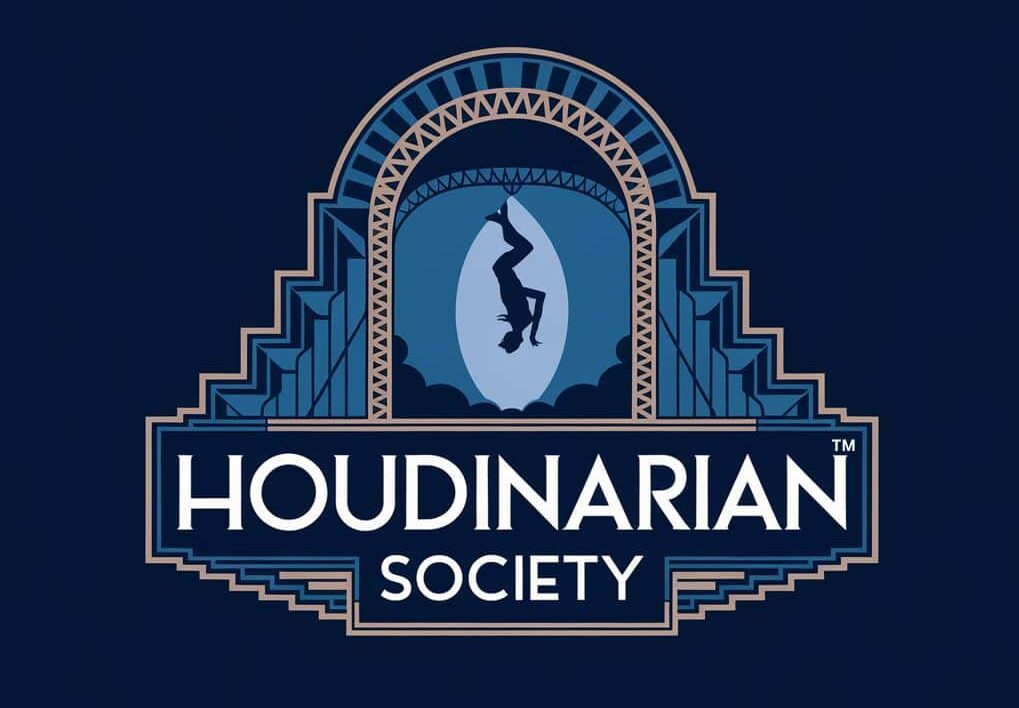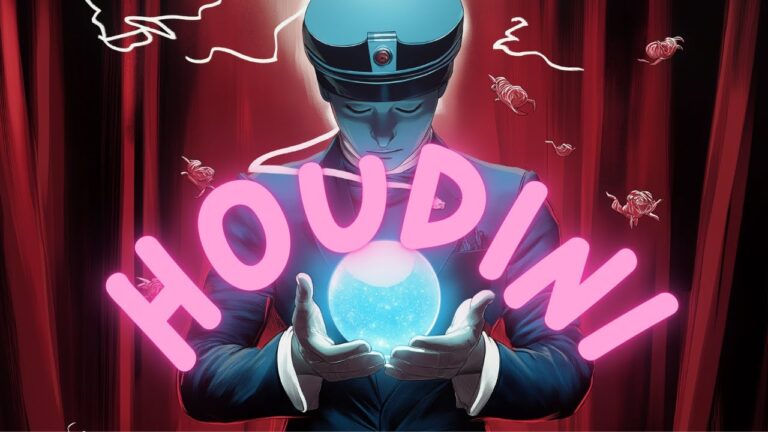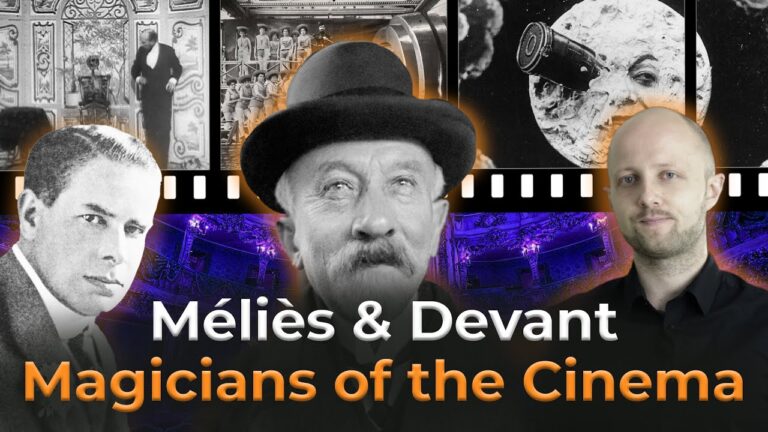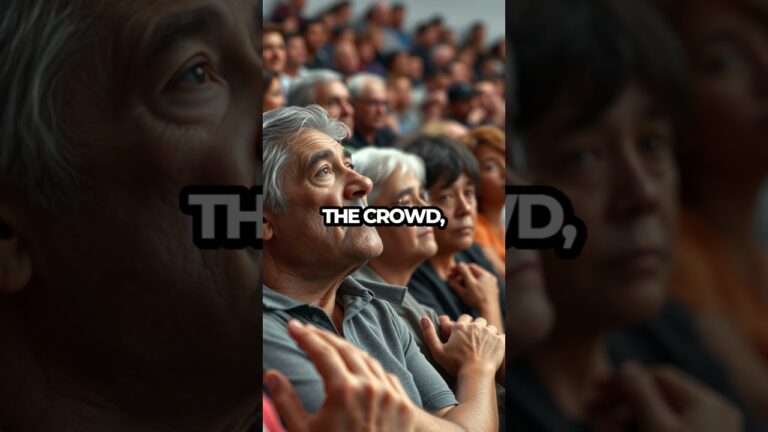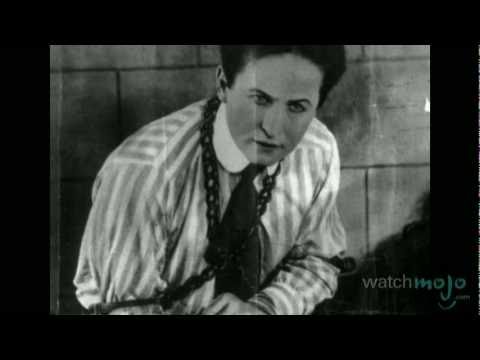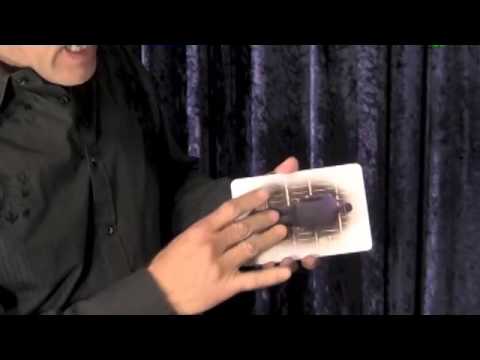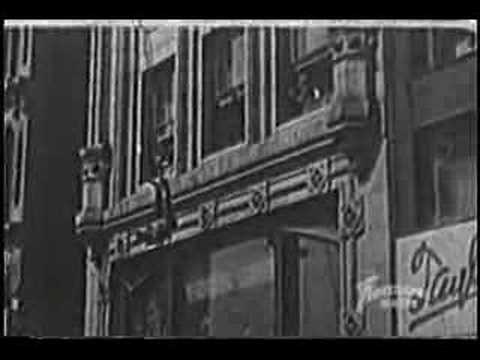Social Influences on Magic: How Houdini Reflected and Shaped Public Perception
Harry Houdini transformed magic from simple entertainment into a cultural phenomenon. He did this through his innovative approach to performance and publicity. His remarkable ability to generate media attention through sensational stunts created a blueprint for how magicians could capture public imagination and build their careers.
You can see Houdini’s influence in how he tapped into the cultural values and anxieties of his era. His death-defying escapes resonated with audiences who felt trapped by the constraints of modern industrial society. His performances gave people hope that they too could break free from their own metaphorical chains.
His impact went beyond just entertainment – Houdini shaped how the public viewed magic itself. While he was known for exposing fraudulent spiritualists, he also worked to protect legitimate magic as an art form. This careful balance helped establish magic as both mystifying and credible in the public eye.
Introduction

When you think of magic and illusions, one name stands above all others – Harry Houdini. His influence on magic and popular culture remains powerful even today, nearly 100 years after his death.
Houdini’s performances and public image shaped entertainment during a time of major changes in American society. He understood what captured people’s imagination and used it to his advantage.
You might be surprised to learn that Houdini was more than just an entertainer. He was a master of self-promotion and clever marketing who knew exactly how to generate buzz and media attention.
In his later years, Houdini took on a new role that would further cement his legacy. He became a dedicated debunker of fraudulent mediums and psychics, using his expertise in illusions to expose those who preyed on grieving families.
His impact went far beyond simple tricks and escapes. Houdini tapped into deep cultural anxieties and hopes of his era, transforming magic from mere entertainment into a mirror of society’s values and fears.
Houdini’s Early Life and Career

Harry Houdini’s journey from immigrant child to world-famous magician shows the transformative power of ambition. His rise through vaudeville and early performances laid the groundwork for his legendary status.
Beginnings in Vaudeville
Born Erik Weisz in Budapest in 1874, young Harry moved to America with his family at age four. He adopted the name Harry Houdini as a tribute to French magician Jean Eugene Robert-Houdin.
At age nine, he performed trapeze acts in his Wisconsin neighborhood. By twelve, he worked odd jobs to help support his family.
His first professional magic shows began in New York’s dime museums. He partnered with his brother Theo as “The Brothers Houdini” before meeting and marrying Bess Rahner in 1894.
Initial Public Reception
Small-time venues and circus sideshows marked Houdini’s early performances. Many audiences found his raw talent engaging, even when tricks didn’t go perfectly.
His breakthrough came when manager Martin Beck saw him perform in 1899. Beck suggested focusing on escape acts instead of traditional magic.
His escape acts quickly gained attention. Within months, you could find his name on marquees across the country.
Early Influences and Inspirations
Magic catalogs and books shaped his early technique. He spent countless hours practicing card tricks and sleight of hand.
His father, a rabbi, taught him the value of discipline and hard work. These lessons proved essential during his grueling practice sessions.
The expanding entertainment industry of the 1890s created new opportunities. Vaudeville circuits gave him a platform to perfect his craft and build his reputation.
The Progressive Era Context

Magic performance in America between 1890-1920 reflected deep social anxieties about rapid modernization. The era’s technological advances and shifting demographics shaped both magicians’ acts and audience expectations.
Societal Changes and Public Anxieties
The Progressive Era brought new fears about spiritualism and deception. You could find mediums and magicians performing séances across American cities, playing on public uncertainty about death and the afterlife.
Magicians like Houdini positioned themselves as debunkers of fraudulent spiritualists. Their escapes and illusions helped audiences process their own anxieties about control and powerlessness in a rapidly changing world.
Magic shows often featured demonstrations with new technologies like electricity and early projection devices. This helped demystify modern innovations for worried audiences.
Industrialization and Urbanization
Vaudeville theaters and roof gardens became popular entertainment venues in growing cities. You could find magic acts performing alongside musicians and comedians in these new urban spaces.
The rise of mass production changed how props and illusions were created. Magic shops opened in major cities, selling standardized tricks to both professionals and amateurs.
Stage magicians incorporated industrial themes into their acts. Escapes from handcuffs, milk cans, and factory machinery reflected workplace dangers familiar to urban audiences.
Immigration and Cultural Shifts
Magic acts often played on cultural stereotypes and exotic imagery. You would see performers adopting “mysterious Oriental” personas or incorporating elements from immigrant cultures.
Magic performances reflected ideological views about class and ethnicity. Working-class audiences particularly connected with escape acts that showed triumph over restraints.
Immigrant magicians used their shows to navigate between old and new cultural identities. Many adapted traditional effects from their homelands to suit American theatrical tastes.
Houdini’s Transformation into a Cultural Phenomenon
The early 1900s saw Harry Houdini rise from a struggling performer to a global sensation. His acts tapped into deep social anxieties while challenging the boundaries between possible and impossible.
Key Performances and Public Reactions
Houdini’s breakthrough in escapology transformed simple handcuffs and jail cells into theatrical spectacles. His outdoor stunts drew massive crowds, often numbering in the thousands.
You can trace his meteoric rise through signature acts like the Chinese Water Torture Cell and the Milk Can Escape. These performances combined physical danger with psychological tension.
His ability to escape from any restraint made him a symbol of human potential. When you watched Houdini perform, you witnessed more than mere tricks – you saw the demonstration of seemingly limitless human capability.
Addressing Industrialization Anxieties
The cultural values and fears of the industrial age shaped Houdini’s performances. His acts often featured industrial materials like chains, locks, and steel containers.
You could see how his escapes spoke to workers’ fears of being trapped by machinery. His victories over mechanical restraints offered hope to audiences feeling overwhelmed by industrialization.
His stunts in factories and industrial settings deliberately played on these themes. When you witnessed him break free from a riveted boiler, you saw a man triumph over the very machines that threatened to consume society.
Confronting Immigration Issues through Performance
As an immigrant himself, Houdini’s rise to fame resonated deeply with America’s immigrant population. His transformation from Erik Weisz to Harry Houdini mirrored their own journeys.
You could find elements of the immigrant experience in his performances. Each escape represented breaking free from constraints, much like breaking free from old-world limitations.
His success story showed you that an immigrant could achieve the American dream. Through determination and skill, he proved that background didn’t determine destiny.
Houdini and Spiritualism
Harry Houdini’s battle against spiritualism marked a pivotal shift in both his career and American cultural history. His crusade to expose fraudulent mediums shaped public attitudes toward the supernatural while testing some of his closest relationships.
The Rise of Spiritualism in America
The aftermath of World War I left many Americans seeking connections with lost loved ones. Spiritualist mediums promised to bridge the gap between the living and the dead through séances and psychic readings. You could find these spirit mediums in most major cities, charging grieving families for their services.
The movement gained credibility when respected figures endorsed it. Sir Arthur Conan Doyle became a prominent believer, lending legitimacy to spiritualist claims.
Houdini’s Skeptical Stance
As a master magician, Houdini recognized the tricks mediums used to fool their audiences. His expertise in illusions made him uniquely qualified to spot fraud.
Houdini’s dedication to exposing fake mediums became a central part of his public identity. He offered $10,000 to any medium who could produce supernatural phenomena he couldn’t explain.
His investigations often involved attending séances in disguise. He would document the methods used, then reveal them to the public through lectures and demonstrations.
Public Debates and Controversies
Houdini’s crusade against spiritualism led to heated public confrontations. His most famous dispute involved his former friend Conan Doyle, whose wife claimed to channel spirits.
Houdini testified before Congress in support of legislation to ban fortune-telling in Washington D.C. His campaigns drew both praise and criticism from the press and public.
His stance created enemies among spiritualists who accused him of persecuting genuine mediums. Yet his efforts helped protect vulnerable people from exploitation.
Crafting the Houdini Persona
Harry Houdini built his legendary status through careful image cultivation, strategic publicity, and a unique blend of showmanship and skepticism that captured America’s imagination.
Media Strategies and Publicity Stunts
Houdini’s mastery of self-promotion set new standards for public relations in entertainment. You could find his name splashed across newspapers through carefully orchestrated publicity stunts.
He challenged local police departments to lock him up in their jails, drawing massive crowds and press coverage. These challenges served dual purposes – proving his skills while generating free publicity.
His outdoor escapes, like hanging upside down from skyscrapers while escaping a straitjacket, turned city streets into theaters. These performances were free to watch but priceless in promotional value.
The Role of Celebrity in Shaping Public Perception
Houdini’s innovative approach to magic transformed him from mere entertainer to cultural icon. His name became synonymous with seemingly impossible feats.
He cultivated relationships with other celebrities and notable figures, expanding his influence beyond the magic community. You could spot him with politicians, actors, and scientists.
His carefully crafted image combined physical prowess, intellectual sharpness, and an everyman appeal. This mix resonated strongly with working-class audiences who saw him as one of their own achieving extraordinary success.
Impact on American Views on Skepticism and Rationality
In the 1920s, Houdini became a crusader against fraudulent mediums, using his expertise to expose supernatural claims. You could see his influence in promoting scientific thinking.
He testified before Congress about fraudulent practices in the spiritualist movement. His public demonstrations showed how seemingly supernatural phenomena could be explained through natural means.
This stance positioned him as a champion of rational thinking during a time of growing tension between science and superstition. His efforts helped shape public discourse about critical thinking and evidence-based reasoning.
Houdini’s Legacy and Influence
Harry Houdini left an indelible mark on entertainment, skepticism, and popular culture. His innovations and techniques continue to shape how performers connect with audiences today.
Long-term Impact on Magic and Entertainment
Houdini’s pioneering approach to stagecraft transformed magic from small-scale parlor tricks into grand theatrical spectacles. You can see his influence in modern magic shows that combine physical feats with dramatic presentation.
His escape acts created an entirely new genre of performance art. When you watch modern escape artists, you’re seeing direct descendants of Houdini’s innovations.
His mastery of publicity changed how entertainers promote themselves. Many of today’s performers use similar tactics – creating media events, issuing challenges, and building suspense through publicity stunts.
Contributions to Public Skepticism
Houdini’s crusade against fraudulent mediums helped establish a framework for scientific investigation of paranormal claims. You can trace many modern skeptic organizations’ methods back to his work.
He showed you how to examine extraordinary claims with critical thinking. His investigations exposed common tricks used by fraudsters, teaching audiences to question what they see.
His dedication to exposing fraud while preserving genuine magic arts created a model for ethical entertainment that persists today.
Influence on Modern Performers and Magicians
Modern magicians continue to draw inspiration from Houdini’s marketing genius. His techniques are recognizable in how today’s performers use social media and publicity to build their brands.
His emphasis on physical fitness and theatrical presentation set new standards for performers. When you see magicians combining athleticism with illusion, you’re witnessing Houdini’s lasting impact.
His spirit of innovation drives contemporary performers to push boundaries. Your favorite modern magic shows likely incorporate elements of showmanship and spectacle that Houdini pioneered.
